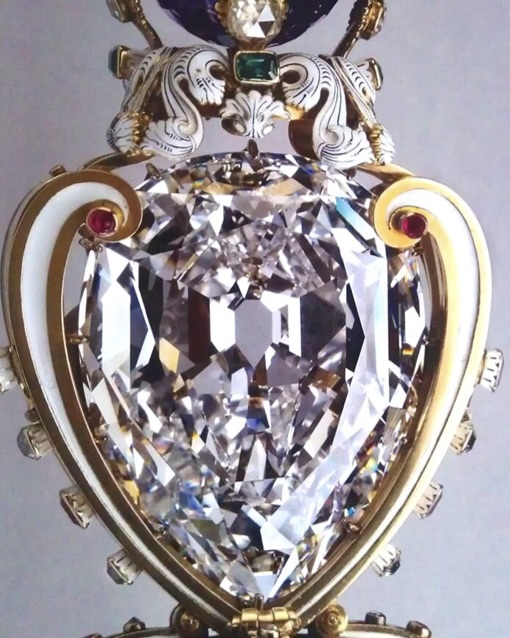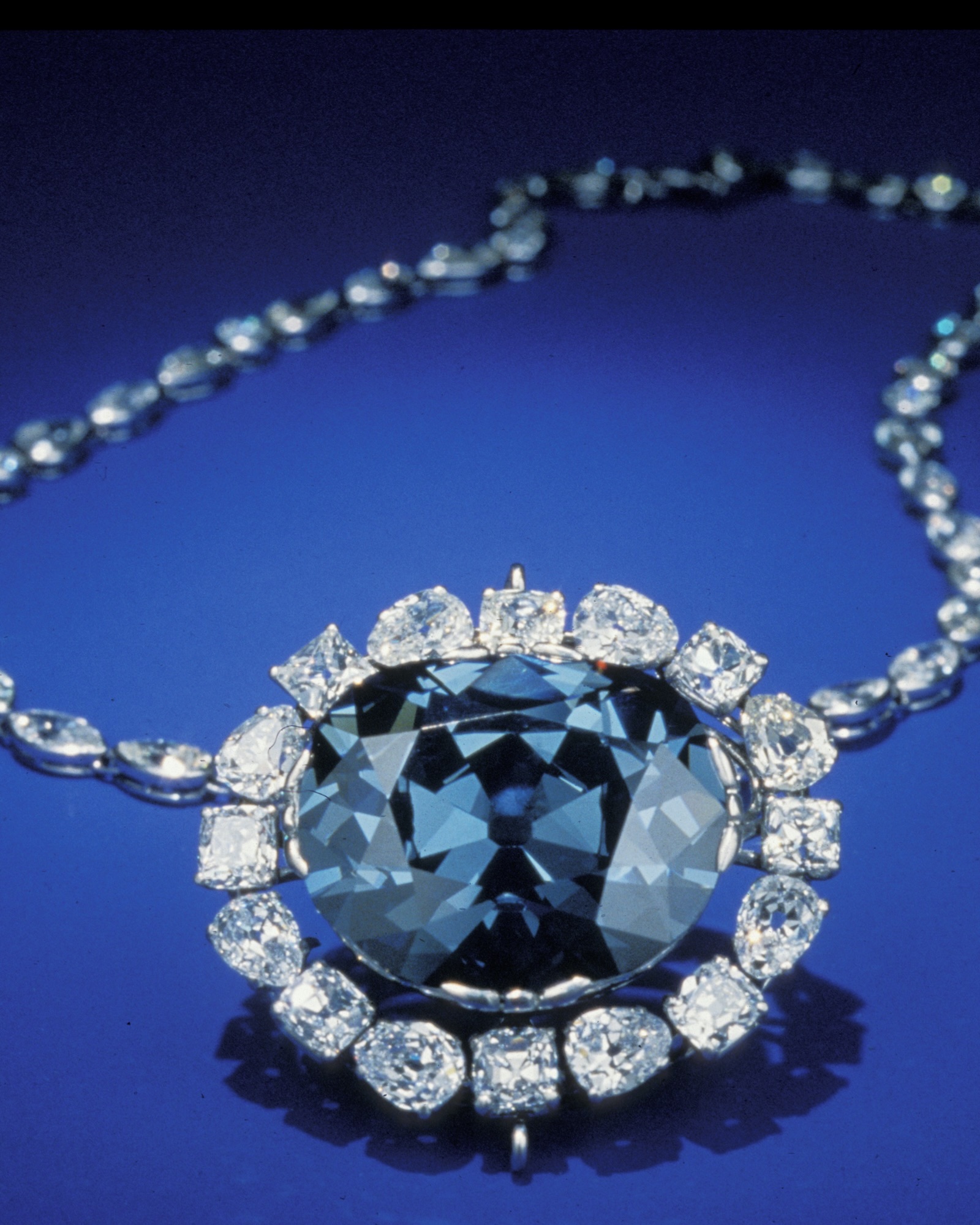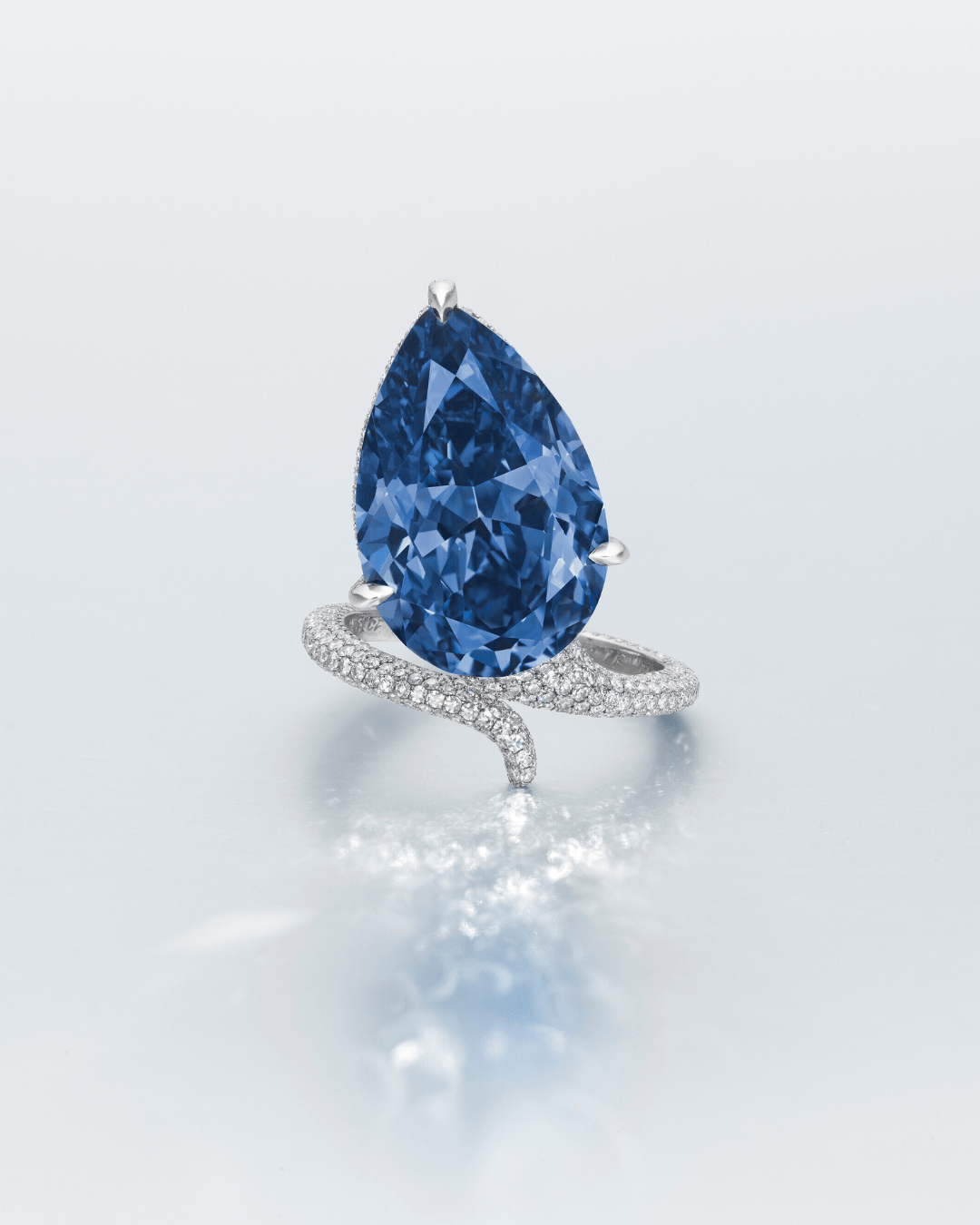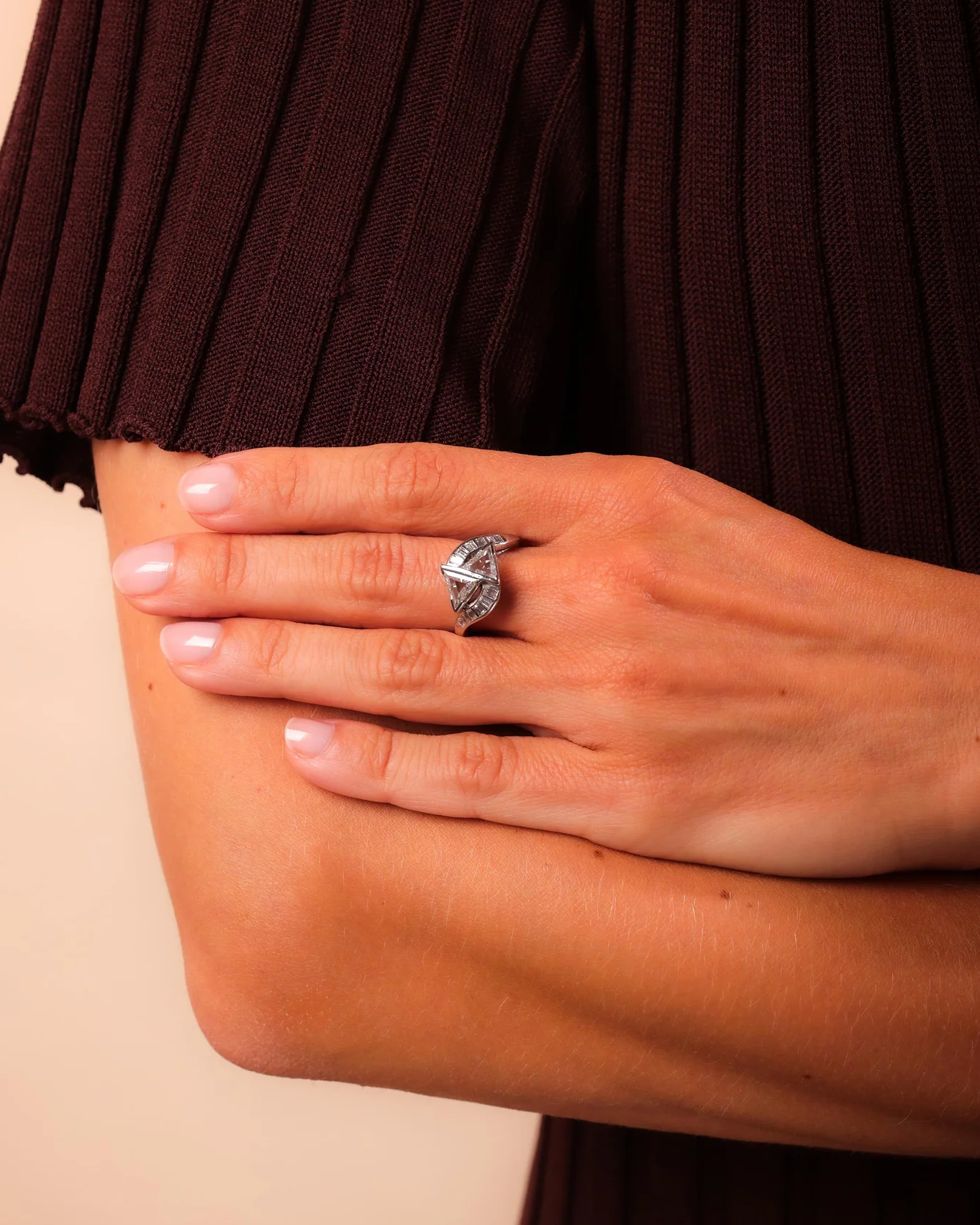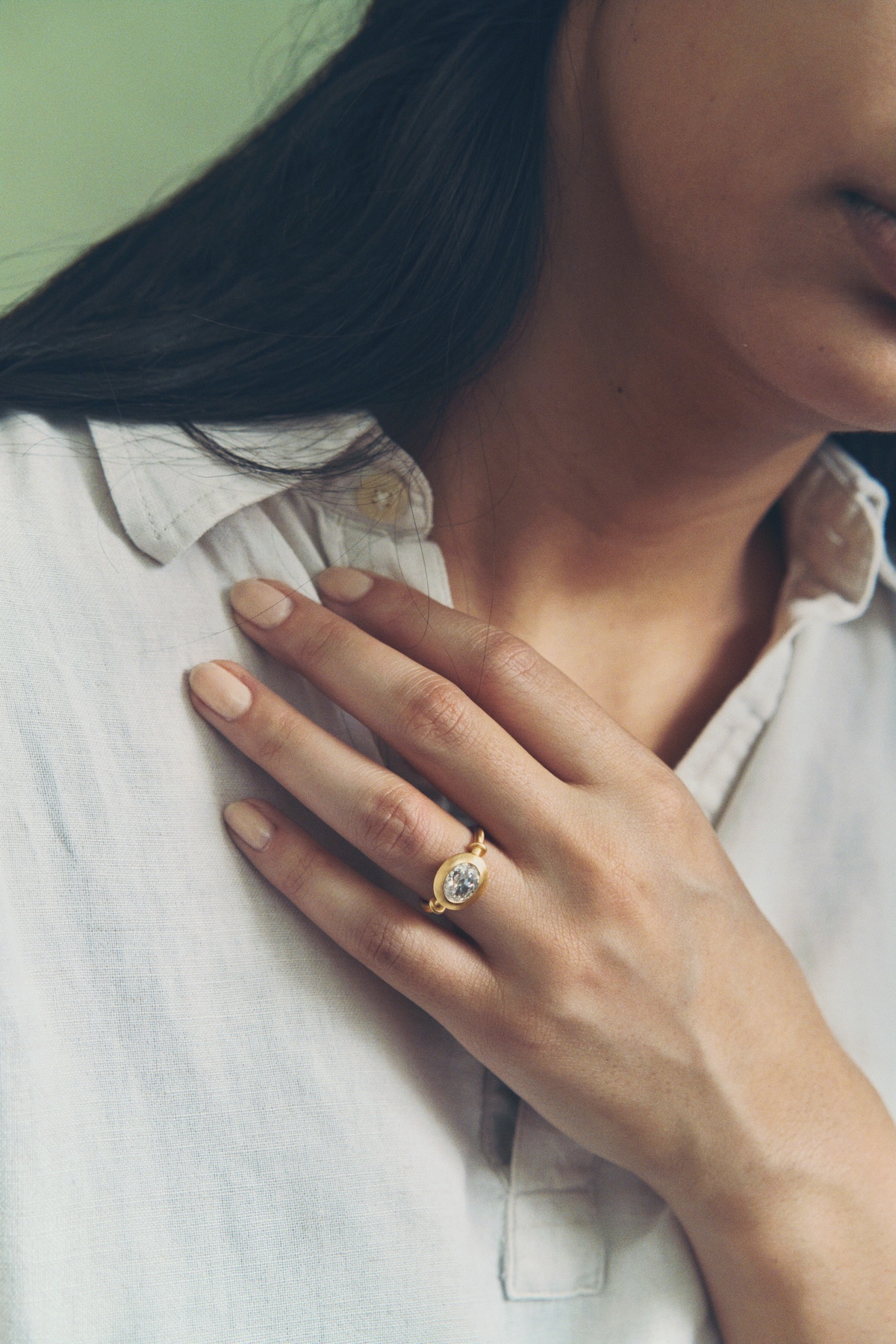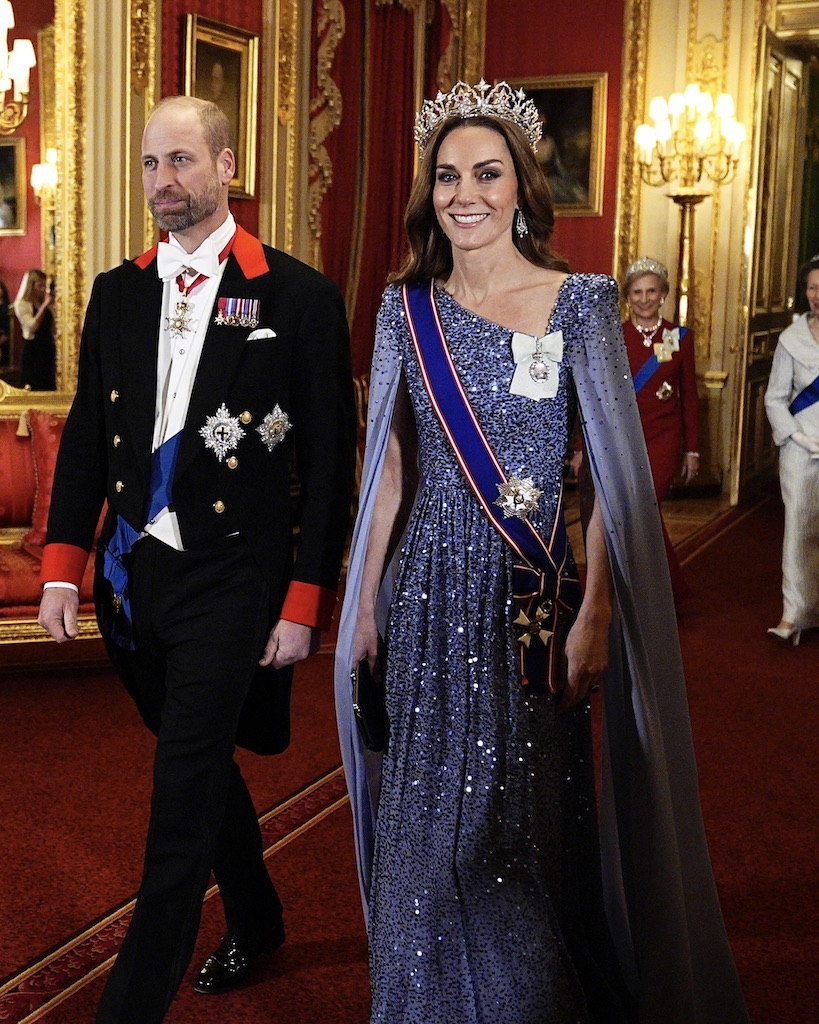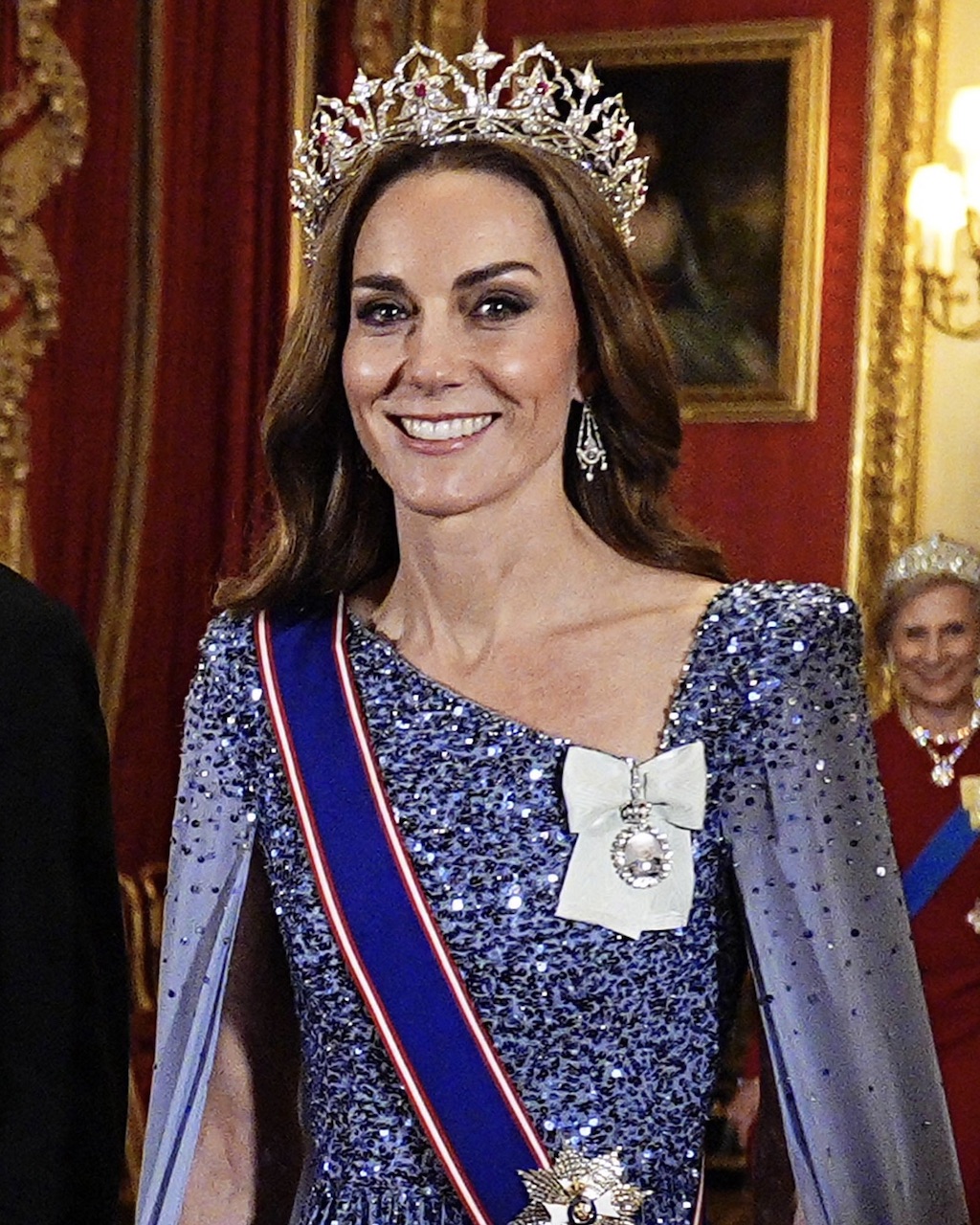< Historic Diamonds / Famous Diamonds
A Collector’s Dream: The Blue Moon of Josephine Diamond
One of the world’s most extraordinary diamonds redefined what rarity and beauty can mean.
Published: November 11, 2025
Written by: Jill Newman

The word rare is used so often in the jewelry world that it can lose its resonance. But when describing a vivid blue diamond over 10 carats, well rare almost feels inadequate. These stones transcend language, each a geological wonder, and only a handful have ever reached legendary status, like the Blue Moon of Josephine.
“It’s almost hard to find the superlatives that describe a 10-carat-plus vivid blue diamond,” said Quig Bruning, Sotheby’s head of jewels for the Americas and EMEA. “Every 10-carat plus vivid blue diamond ever found wouldn’t fill a coffee cup.”
Meet the Expert

- Quig Bruning is the Head of Jewels for the Americas and EMEA at Sotheby’s, where he oversees some of the most important gemstone sales in the world.
- With years of experience evaluating rare diamonds and colored stones, he has led auctions that set global records and shaped modern market benchmarks.
- His deep expertise in provenance, rarity, and valuation makes him one of the industry’s most trusted voices on exceptional jewels.
That striking image alone conveys the exceptional scarcity of these vivid blue diamonds.
Ahead, discover the origin of the Blue Moon of Josephine, the story behind its record-breaking sale, and why this extraordinary gem continues to enchant collectors and connoisseurs around the world.
The Blue Moon of Josephine Is An Ultra-Rare, Unforgettable Stone
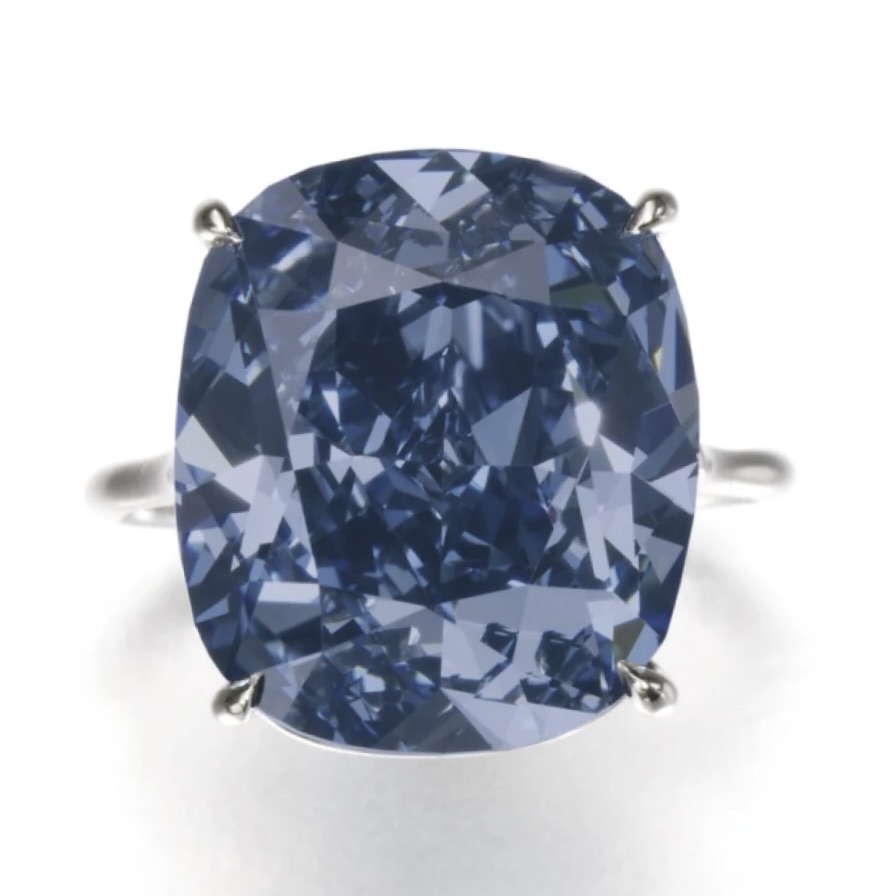
When the 12.03 fancy vivid blue diamond sold for $48.4 million at Sotheby’s Geneva in November 2015, it became the most expensive jewel ever sold at auction. It didn’t hold the title for long. That record was broken a year later when Christie’s sold the Oppenheimer Blue, a 14.62 vivid blue diamond, for $57.5 million, setting a new benchmark.
Beyond the headline-making price, the Blue Moon of Josephine is simply put one of most exquisite diamonds ever to come to auction. Originally called the Blue Moon Diamond for its voluptuous cushion cut reminiscent of a full moon, the gem was purchased by Hong Kong billionaire Joseph Lau, who named it for his young daughter Josephine. In an uncommon gesture, he publicly tied his daughter’s name to the legacy of the stone.
“This is how collections begin,” noted Bruning. “Parents pass down legacy through beauty and rarity, and that tradition continues.”
The Blue Moon of Josephine’s Origins in the Legendary Cullinan Mine
The Blue Moon of Josephine’s story began deep within South Africa’s historic Cullinan Mine, where a 29.62-carat rough diamond was discovered in January 2014. Its striking blue hue immediately drew attention. The Cullinan’s pedigree is unmatched; it’s the birthplace of some of the world’s most important diamonds.
Foremost among them is the Cullinan Diamond, discovered in 1905 and weighing a jaw-dropping 3,106.75 carats. Presented to the British Royal family in 1907, it was cut into several diamonds, the largest being the 530-carat Star of Africa Diamond, which remains in the royal scepter. Yet controversy still swirls around the diamonds since they were given to the Royals during the British colonial rule over South Africa.
The Smithsonian Institute also houses two important blue diamonds from the Cullinan Mine: The Blue Heart, a 30.62 carat fancy deep blue diamond, and the Heart of Eternity, a 27.64 carat fancy vivid blue heart-shaped stone. Of course, the most famous jewel at the museum is the Hope Diamond, a 45.52-carat deep grayish-blue diamond donated by Harry Winston in 1958. It remains the most visited treasure in the museum.
Why Blue Diamonds Command Record-Breaking Prices
The years 2014 and 2015 marked an extraordinary moment for blue diamonds, as several of these rare gems achieved record-breaking prices. But don’t be fooled into thinking this is something common.
In 2014, the 9.75 carat fancy vivid Mellon Blue sold for $32.6 million, an event Bruning described as a “market recalibration.” It was also purchased by Joseph Lau, who renamed it the Zoe Diamond for his other daughter.
“It was a defining moment at auction,” Bruning recalls. “In a relatively quick succession came the Blue Moon and the Oppenheimer Blue, each hitting new highs and proving blue diamonds are super, super rare.”
Bruning defined the Mellon Blue, Blue Moon of Josephine, and Oppenheimer Blue as “the finest blue diamonds in existence.” While few stones of similar caliber have appeared since, the market’s fascination endures.
In April 2021, the De Beers Cullinan Blue, a 15.10-carat fancy vivid blue, sold at Sotheby’s to an anonymous bidder for $57.5 million, reaffirming collector appetite for these celestial rarities.
Now the story comes full circle. The Mellon Blue returns to auction at Christie’s, celebrated for its earlier provenance, as “once belonging to Bunny Mellon, an American horticulturalist, philanthropist, and art collector.” With an estimate of $20 million to $30 million, its reappearance underscores both the enduring allure and investment potential of such gems.
Is a blue diamond still a rock-solid investment? The trajectory of rare blue diamonds at auction suggests yes. “Anybody spending at that level must consider the long view,” said Bruning. “But more often our buyers are true collectors, people who buy because they have a passion and love something.”
In the end, the Blue Moon of Josephine reminds us that while price records fall, beauty, legacy, and rarity are enduring.
